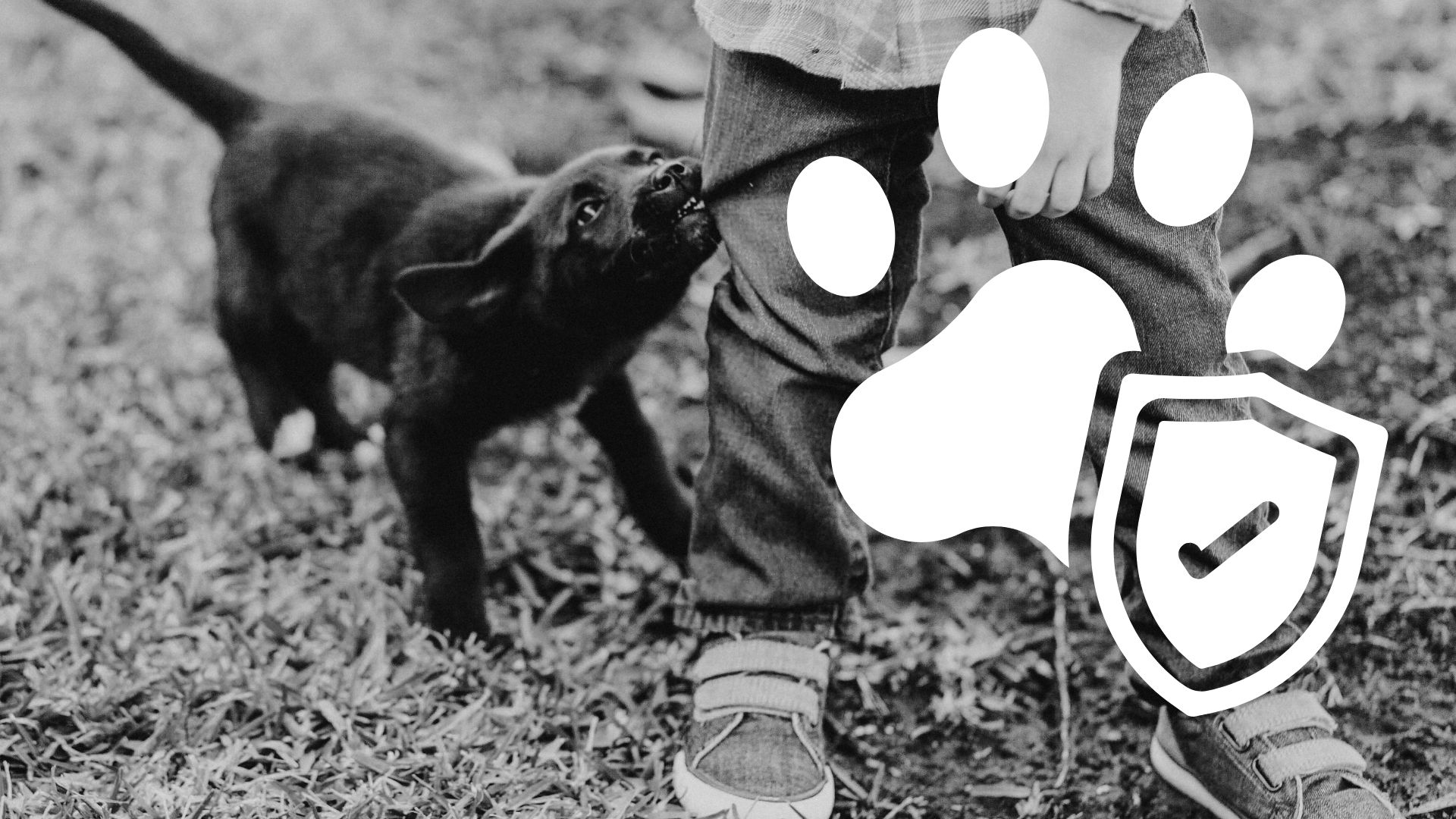For those of us who share our lives with dogs, they’re more than pets; they’re family. But with that wagging tail and soulful gaze comes a responsibility we often don’t think about until things go sideways. According to the Insurance Information Institute (Triple-I) and State Farm, U.S. insurers shelled out an eye-watering $1.57 billion in dog-related injury claims in 2024. Yes, billion—with a “B.” That’s a nearly 19% increase in the number of claims from 2023, and a staggering 48% rise over the past decade. What’s driving this trend, and how can dog owners, insurers, and communities work together to tackle the issue? Let’s dig in.
The Numbers Speak Volumes
The total number of claims in 2024 reached 22,658, with an average cost per claim hitting $69,272. That’s an almost $11,000 spike compared to the average cost in 2023. California topped the list for dog-related injury claims, followed by the sunshine states of Florida and Texas. It’s not just about the dollars though; dog bites and related injuries aren’t just a financial concern. They can leave lasting physical and emotional scars—not just for the victims but also for pet owners who find themselves caught on the wrong side of a bad situation.
The American Veterinary Medical Association (AVMA) highlights that over 4.5 million people are bitten by dogs each year in the U.S. Yes, you read that right. That’s roughly the population of Los Angeles dealing with bite incidents annually. While many are minor, some are severe enough to require medical attention and, in worst-case scenarios, even legal or insurance intervention.
Why Claims Are on the Rise
The rise in dog-related injury claims isn’t simply a case of more dogs. Sure, nearly 90 million dogs snuggle into U.S. households these days, per AVMA stats, but this issue is more complex. Janet Ruiz from Triple-I attributes part of the rise to better awareness and reporting. After all, incidents that may have gone unrecorded years ago are more likely to be documented now.
Then there’s the not-so-small matter of societal shifts. A dog that’s been doted on in the quiet of a suburban backyard may find itself overwhelmed in a post-pandemic world where everyone’s suddenly crowding dog parks and streets. Socialization gaps can cause even the sweetest dogs to feel stressed or act fearfully in new environments. Add in an uptick in urban living, where close quarters mean more opportunities for dogs to interact (or clash) with strangers and other pets, and you’ve got a recipe for increased risk.
Victoria Stilwell, a renowned dog trainer, points to a difficulty many owners face: reading their dog’s body language. “Dogs may feel threatened or scared in ways their humans don’t notice until it’s too late,” she says. “But a little education on understanding those cues can go a long way in preventing bites.”
On the flip side, advocacy groups caution against demonizing dogs or their owners. Dr. Sandra Faeh, president of the AVMA, reminds us that “almost all dog bites are preventable with the right education and precautions.”
Preventing Dog Bites in a Complex World
Whether you’re a dog owner, a parent, or just someone who loves saying hi to every dog you meet on the street, prevention begins with awareness and practical habits. Here are some tried-and-true tips from the National Dog Bite Prevention Week Coalition:
- Never leave kids unsupervised with dogs, even trusted family pets. Over 50% of dog-related injuries happen to kids, often under four years old, with bites to the head and neck being most common.
- Keep your dog healthy. Pain or illness can make any dog more prone to biting. If you haven’t checked in with your vet lately, now’s a good time.
- Socialize slowly, especially with rescue dogs or pandemic-era adoptees. A sudden trip to a busy dog park might be too much for a dog that’s only known quiet living rooms. Take baby steps, keep outings low-stress, and offer big praise for good behavior.
- Learn the language of dogs. Reading body language like a tucked tail, stiff posture, or excessive yawning can clue you in when your pup is feeling overwhelmed.
- And if all fails, always carry a can of compressed air. One little press of this can causes them to stop, and rethink the situation, it truly is amazing! This writer swears by it, you can find them on Amazon here.
But preventing bites isn’t just the responsibility of dog owners. Bystanders and neighbors can help by being respectful of a dog’s space. Instead of rushing to pet someone’s adorable Golden Retriever, ask permission from the owner. And if the dog avoids eye contact or backs away, don’t push the issue.
The Role of Insurance and Awareness Campaigns
Insurers like State Farm are stepping in to amplify education programs, including National Dog Bite Prevention Week. These campaigns bring together veterinarians, animal behaviorists, and industry experts to spread practical advice for families, pet owners, and communities. But insurance carriers are also tightening their underwriting practices. Some may even exclude coverage for certain breeds or place limits on dog bite claims, which can leave owners grappling with out-of-pocket costs after incidents.
There’s also a growing conversation about whether insurance requirements for pet owners should become more standardized, especially in densely populated areas where risks may be higher. Proponents argue it could encourage more training and preventive behavior. Critics warn it could unfairly burden responsible pet owners with unnecessary costs.
Building Safer Communities for Dogs and People
Whether you’re welcoming a new puppy into your home or navigating life with a long-time furry companion, the real takeaway here is this: education and vigilance are non-negotiable. Training your dog to feel confident in their world, teaching kids how to interact respectfully, and respecting a dog’s boundaries are all small but impactful steps.
Insurance may cover the financial costs of dog bites, but it can never restore the peace of mind or trust lost in a bad situation. By taking preventive measures and fostering compassionate, well-informed communities, we can chip away at those $1.57 billion stats and focus on what really matters—the joy, companionship, and countless laughs our dogs bring into our lives. After all, a happy, well-balanced dog isn’t just their owner’s best friend; they’re everyone’s favorite neighbor, too.


